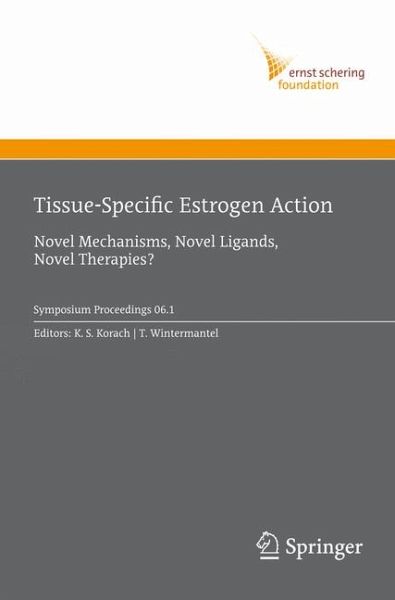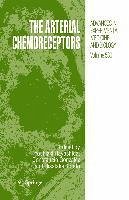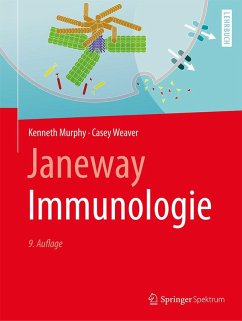
Tissue-Specific Estrogen Action (eBook, PDF)
Novel Mechanisms, Novel Ligands, Novel Therapies
Redaktion: Korach, Kenneth S.; Wintermantel, Tim
Versandkostenfrei!
Sofort per Download lieferbar
112,95 €
inkl. MwSt.
Weitere Ausgaben:

PAYBACK Punkte
56 °P sammeln!
Current molecular understanding of estrogen action has greatly profited from advances in molecular cell biology. These advances, and their implications for clinical use, were discussed by leading researchers from industry and academia during an international symposium held in Berlin, 1-3 March 2006 and are featured in this volume.
Dieser Download kann aus rechtlichen Gründen nur mit Rechnungsadresse in A, B, BG, CY, CZ, D, DK, EW, E, FIN, F, GR, HR, H, IRL, I, LT, L, LR, M, NL, PL, P, R, S, SLO, SK ausgeliefert werden.













